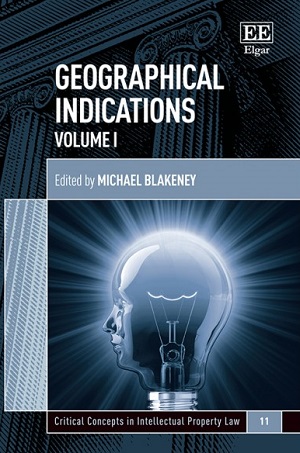
This three-volume collection comprises a selection of research articles and papers on geographical indications by the leading academics in this field.
The collection examines the functions and economic underpinnings of this form of product designation, together with the various forms of legal protection of geographical indications, both national and international. It contains a number of contributions that examine the potential impacts of geographical indications in developing countries, which explore this form of marketing through case studies.
With an original introduction by the editor Michael Blakeney, these volumes are an excellent reference for scholars and researchers in this field.